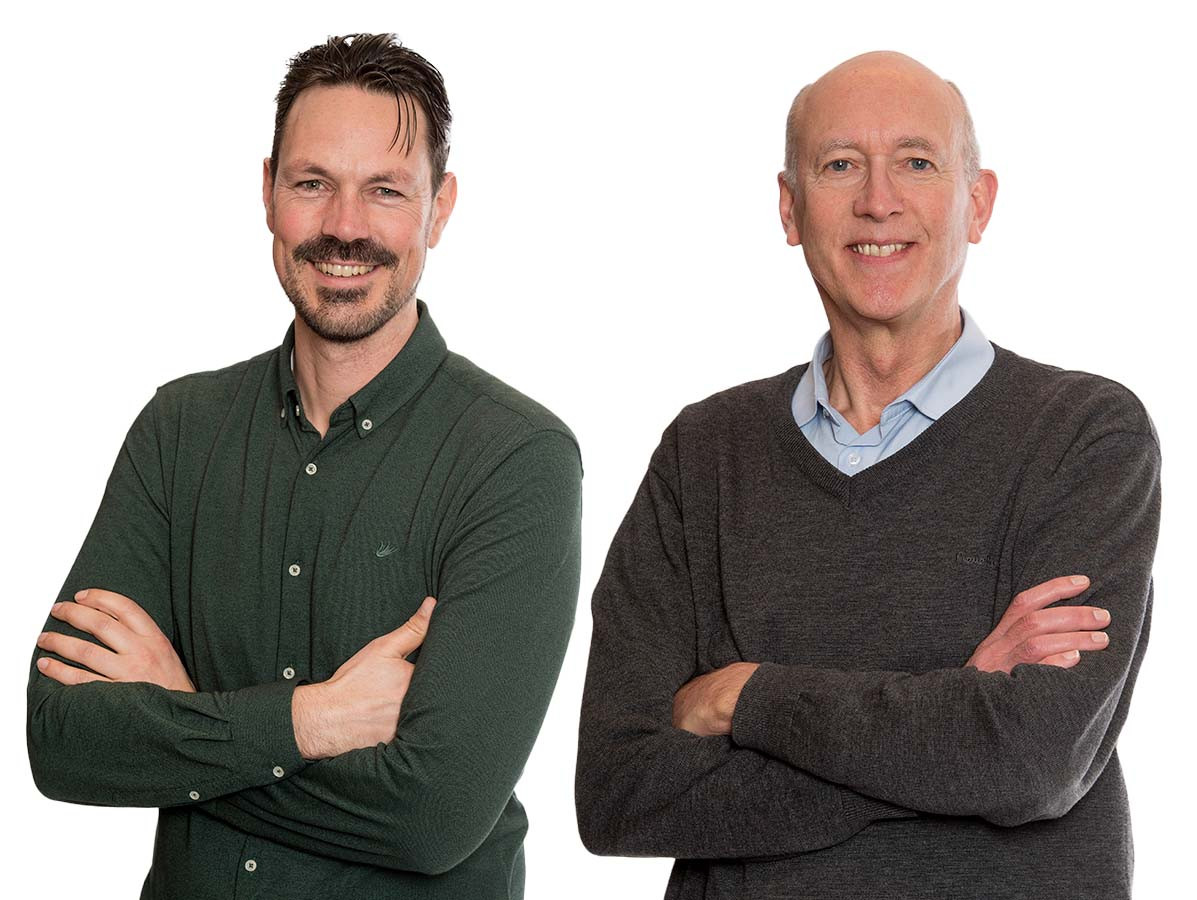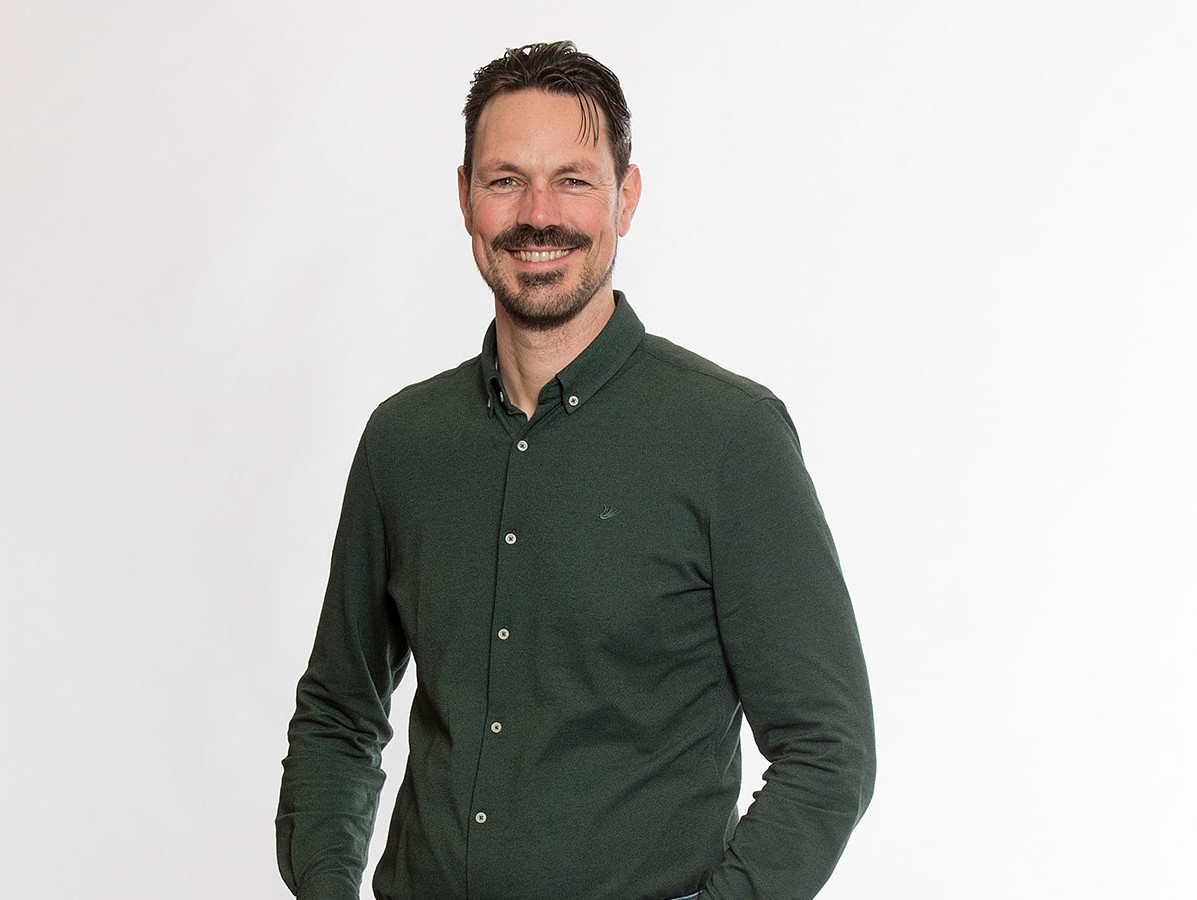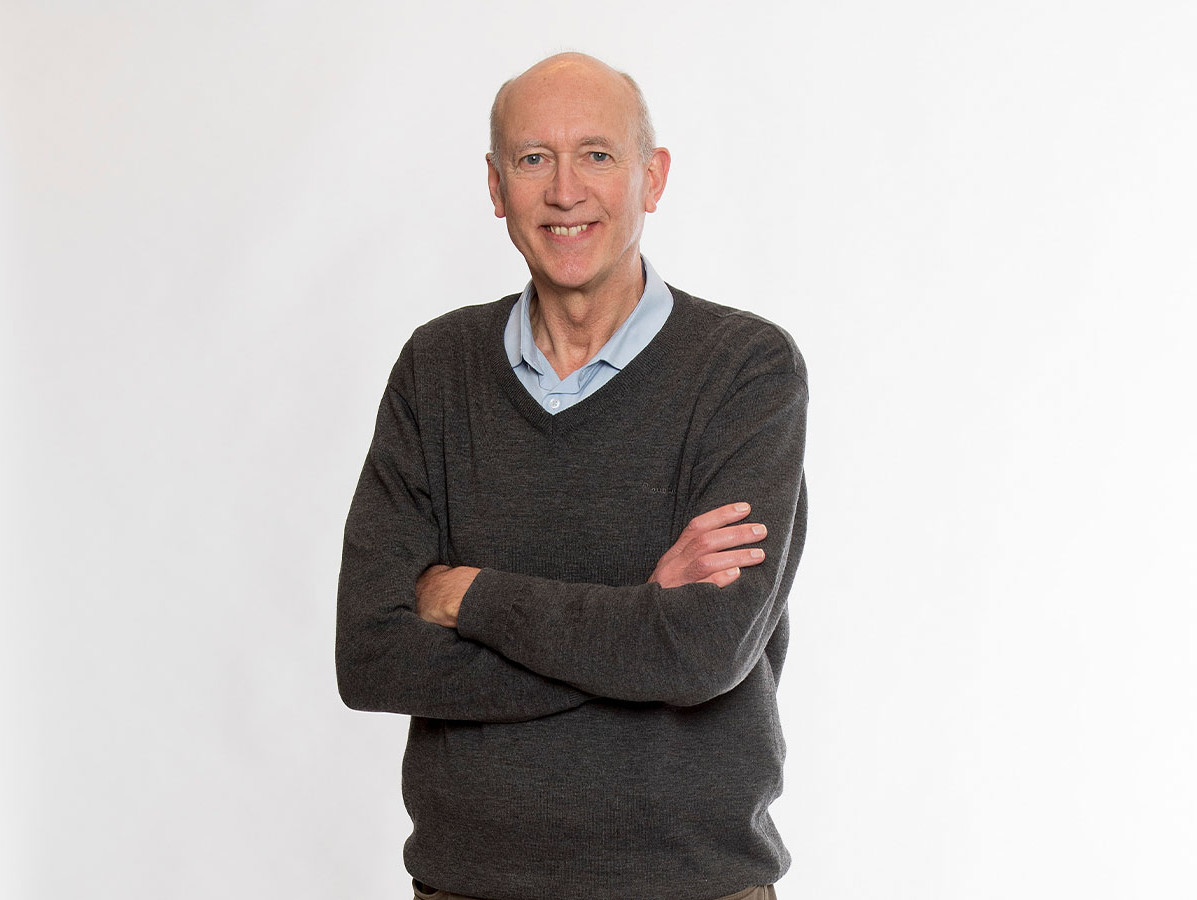
The energy transition presents many challenges. It is no different in the food industry. Fortunately, there are several pragmatic steps for more sustainable energy management, according to Peter Bleeker from Groenbalans and Kim van der Hulst from Windunie.
“Food producers are increasingly asked by major clients, such as supermarkets, about their CO2 footprint due to reporting obligations. It's not an immediate deal-breaker if you haven't mapped it yet, but it's a sign that even smaller players in the food sector, who aren't directly affected by certain EU regulations, will eventually need to know their footprint.”
This is according to Peter Bleeker, director of Groenbalans. He joined Kim van der Hulst, project leader for new energy systems at Windunie, for this interview. Together, they recently hosted a webinar outlining various routes companies can take for more sustainable energy management.
Windunie is an energy cooperative that supplies sustainable energy. The cooperative is based on a partnership of wind turbine owners who collectively supply electricity, but it also develops its own wind and solar parks, aiming for 90% local ownership. Windunie also tries to match energy production and consumption as early as possible. Groenbalans, a subsidiary of the Windunie Group, focuses on the business market and advises companies on CO2 footprinting, emission reduction with science-based targets, sustainable energy, and CO2 compensation, resulting in a clear climate strategy. Peter continues: “Any company determining its CO2 footprint will encounter Scope 2 emissions. These are the emissions associated with the electricity it purchases. In our webinar, we shared ways companies can achieve reductions and how they can make their energy usage more sustainable.”
Peter: “One of the most logical and straightforward steps in energy sustainability is choosing green electricity. Unlike grey electricity, green electricity has zero CO2 emissions, automatically reducing the footprint. The great thing is, it's a step you can take today by purchasing Guarantees of Origin (GoO). The idea is that for every 1,000 kWh of grey electricity you use, you buy a GoO that ensures the energy is sustainably sourced from wind, water, or solar power. A factory wanting to green one million kWh of consumption needs 1,000 GoOs. With this method, a company can claim it uses green electricity.”
Peter: “Definitely. There’s a misconception that green electricity is much more expensive than grey, but when considering the total electricity costs on the company floor, it’s quite manageable. Sure, GoOs cost money, but it’s a form of sustainability that can be included in your sustainability report and is quite simple to implement without requiring a change in energy supplier.”

Kim van der Hulst
Peter: “Route 2 involves a full-fledged energy proposition where the company must be contract-free. It's about finding a match between the consumer—the company—and a local energy producer.”
Kim adds: “We connect demand and supply through the Zeker Windunie platform, ideally as locally as possible. We compare the consumption and production profiles of the consumer and energy producer to determine the simultaneity of consumption and production. This ensures that the electricity you consume is produced locally and at the same times. For moments without this simultaneity, the electricity is supplemented with sustainable energy from elsewhere. By aligning demand and supply, users form a direct and personal relationship with the producers. They know exactly where their electricity comes from and can often agree on a fixed—and often lower—price for the simultaneous part.”
Kim: “A concrete example is the match made between the Windunie Pool and a cooperative that produces animal feed, AgruniekRijnvallei. For one of their organic production sites, they chose local sustainable electricity from Zeker Windunie, specifically from a wind turbine in Zeewolde.”
Peter: “We’re also talking with a large potato processor that makes fries for consumers. We aim to create a local connection and, if possible, even lay a cable from the wind turbine to the company itself, as the distance is manageable.”
Kim: “Companies whose grid connection has been sufficient so far often haven’t looked beyond their doorstep. When a heavier grid connection is not possible, there's a direct reason to explore energy initiatives nearby. What you can do tomorrow is contact fellow entrepreneurs facing the same issue. Investigate whether there are already initiatives from park management or industrial estates. Business energy cooperatives are increasingly emerging, where companies work together to manage their energy matters. Together, you can look for smarter ways to handle energy and create space. Can you do something with storage? Or with conversion, such as converting excess electricity into heat via an e-boiler?”
Peter continues: “Gradually, due to grid congestion issues, companies are coming together more to adjust their energy usage. They give each other space by adjusting energy consumption at peak times, for example by rescheduling production processes. The reality is that a factory electrifying and needing a twice heavier grid connection might have to wait five years. Such initiatives can solve these problems.”

Peter Bleeker
Kim: “The advice is always: do locally what can be done locally. Self-generation in the form of wind or solar energy can also be an option. We are currently analyzing what is possible for various companies on their premises. Some want to focus purely on their core business and only consume electricity, while others want more control. The advantage of (co-)ownership is that you save on certain energy costs, and in a broader sense, that with self-generated energy, company expansion becomes feasible. We also see companies exploring storage or establishing a charging area, extending services to the surroundings. An example is the wind park developed at Greenport Venlo.”
Peter: “The routes increase in complexity, with greening grey electricity being the simplest. If you're contract-free in six months, you can immediately start with route 2 and find a match with a local energy producer. Starting with route 4 and self-generation is also possible.”
“Self-generation is naturally a much longer process,” Kim says. “But it's certainly an option for companies with the means. It's different for every company. The best advice is to consider the challenges you face, what your goals are, and how best to achieve them.”
Peter: “Yes. Ultimately, it doesn't stop at Scope 2 emissions; you also need to address Scope 1 and 3 emissions and everything else in the supply chain. If you haven’t been asked about your footprint yet, the questions will come. Every company will sooner or later need to think carefully and systematically about moving away from fossil fuels and ideally establish their CO2 footprint annually. Smaller companies often don’t consider this enough, in my experience. You can't start in 2035; many companies are already doing well. The dairy industry, for example, has taken significant steps to move away from gas and electrify. Fortunately, many companies are extremely innovative and enterprising.”
Photos: ©Raphael Drent
Source: Vakblad Voedingsindustrie 2024